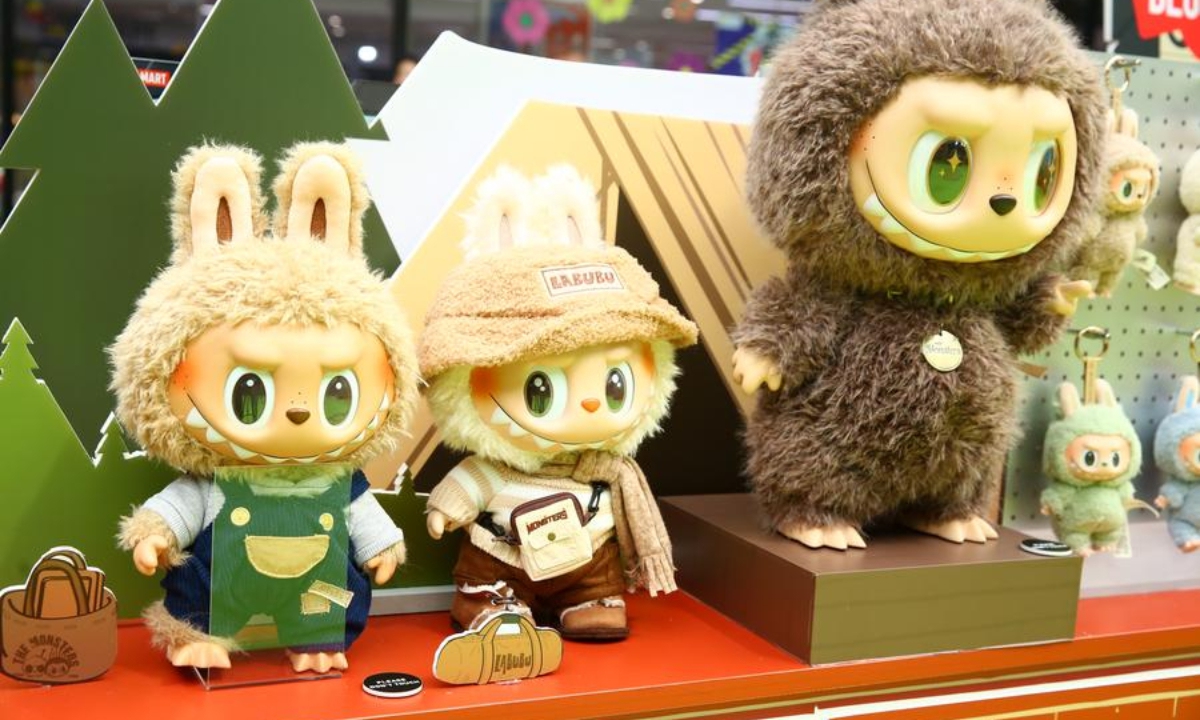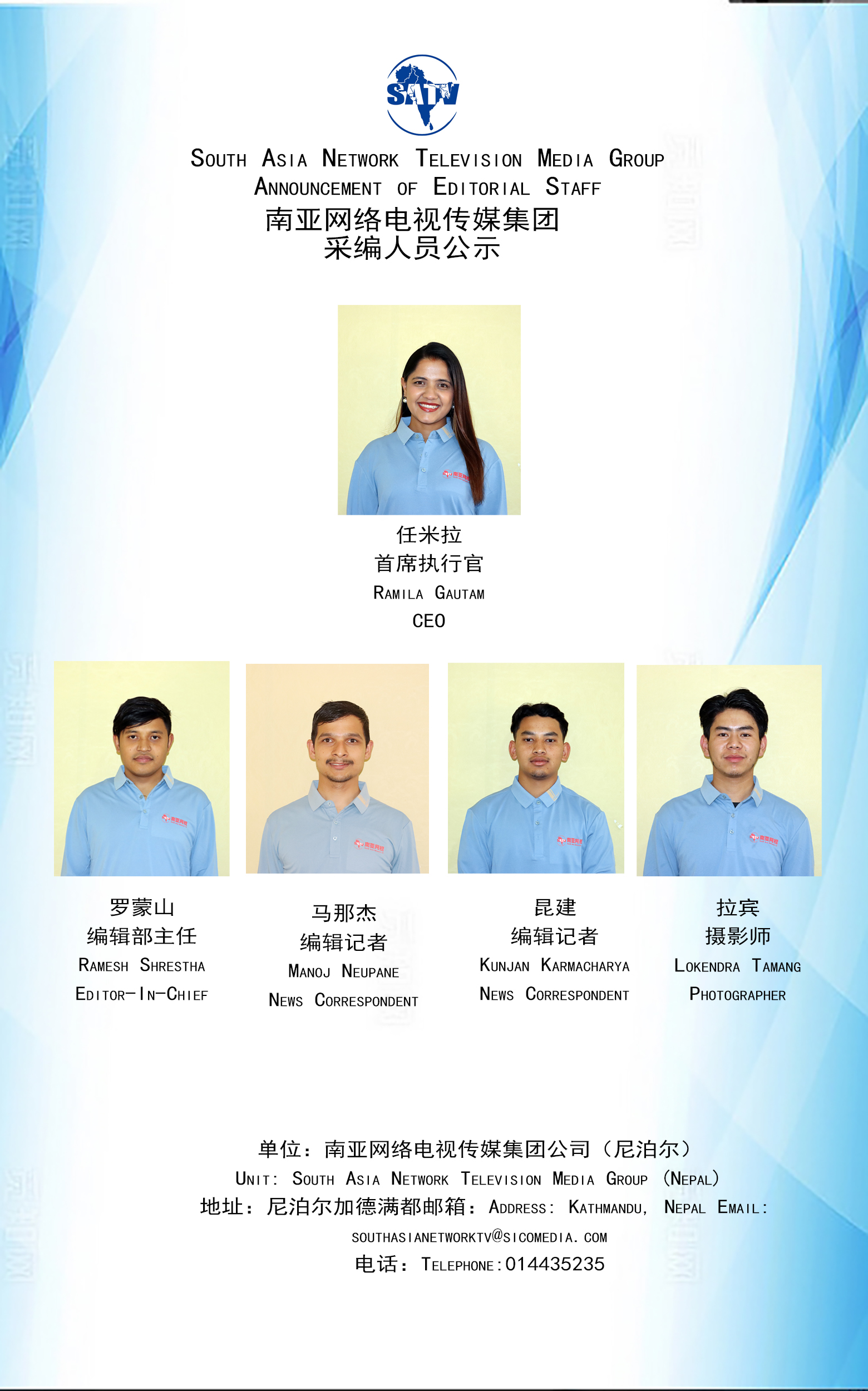
SATV 08 July, Kathmandu: Across Australia and beyond, young people line up for bubble tea, compare collectibles they buy in a mystery box (blind-box) and embrace East Asian creativity as part of a global, shared culture. One character in particular has emerged as an unlikely icon: Labubu.
Created by Hong Kong artist Kasing Lung and brought to international popularity through Pop Mart, Labubu is part of the "Monster Family" - a strange and emotive collection of wide-eyed, toothy, impish figures, part forest sprite, part storybook dream-creature.
Labubu was first introduced as a character in one of Kasing Lung's storybooks - a work of narrative illustration inspired by his childhood in Holland and his early fascination with Norse mythology. This is a character born from personal memory and folklore, not market testing.
That journey - from storybook page to blind-box cult object - echoes the trajectory of another Hong Kong pioneer, Michael Lau. In 1999, Lau's Gardener series, action figures styled on skater and streetwear culture, helped define the idea of the "designer toy."
Sold in blind boxes - where buyers don't know which version they'll receive - Labubu taps into a deep, human response: anticipation, surprise and connection. This isn't just nostalgia for childhood "lucky dips." It's something richer - an emotional moment in the middle of a fast, saturated world.
And unlike the troll dolls of my own childhood, Labubu isn't pitched at kids. It's targeted at young adults. When Lisa from the K-pop band BLACKPINK was spotted with a Labubu clipped to her handbag, the global response was instant. Around the world, fans queued from 3 am for new releases. On the secondary market, rare Labubu figures have fetched more than $300,000. Yet, despite the hype, the core remains creative: a slightly unhinged, wide-eyed creature born from the world of drawing and storytelling.
In Brooklyn, New York, a tattoo artist with a tiny Labubu etched on his forearm - said it reminded him "to stay playful, even when life gets grim." In Berlin, a student brought one to a university lecture on myth and folklore. In Melbourne, I watched teens swap blind-box characters as naturally as I once traded footy cards. The appeal crosses cultures and cities with ease.
One American journalist recently described Labubu as "a punk goblin with a heart," adding, "this is China exporting not just products, but feelings."
When I look at the young people in my own country - Australia - I see a hopeful multiculturalism in action. They absorb Japanese manga, Korean fashion, Chinese art toys, and mix it all up with indigenous storytelling, vintage op-shop finds and digital memes. There's no judgment. Just curiosity and creativity. And that openness, that unfiltered engagement with the world, is perhaps our greatest asset - and our best chance at living together with imagination.
Labubu channels something ancient too. When I first visited China in the 1980s, I was enthralled by Journey to the West and the Monkey King - Sun Wukong, the brilliant, mischievous hero who outwitted demons and ultimately journeyed toward enlightenment. I began collecting Monkey figurines. Looking at Labubu, I see that same wild spirit - irreverent, fearless and full of personality.
Kasing Lung has spoken of his "little monsters" as expressions of feelings - some fierce, some sad, some absurd. They're not slick or polished, but emotionally honest. In this way, Labubu touches on something universal. In a time of digital overload and corporate polish, it's the handmade, heartfelt, slightly chaotic things that stand out.
Labubu's appeal also lies in its layered cultural roots. There's a distinct Chinese sensibility at play, but also influences from European folklore, comic art and Daoist philosophy. The figures live in a liminal space - part animal, part spirit, neither hero nor villain.
Pop Mart's success - evolving from niche art toys to a publicly listed giant - is a signal of China's expanding creative influence. As a leading arts hub in Asia, Hong Kong provided the artistic foundation. Also, Labubu's rise to becoming a globally coveted product is rooted in China's vast manufacturing ecosystem. This model of collaboration between art and manufacturing has propelled China's designer toy industry from contract production to value creation. No longer just the world's factory, China is now a major exporter of stories, symbols and aesthetic confidence.
For many young collectors across cultures, Labubu represents more than just a toy. It's a piece of narrative art that can cross languages, borders and generations with ease. It's a bridge between nostalgia and modernity, and something to be traded, treasured, or simply to spark the imagination.
I look forward to more!













